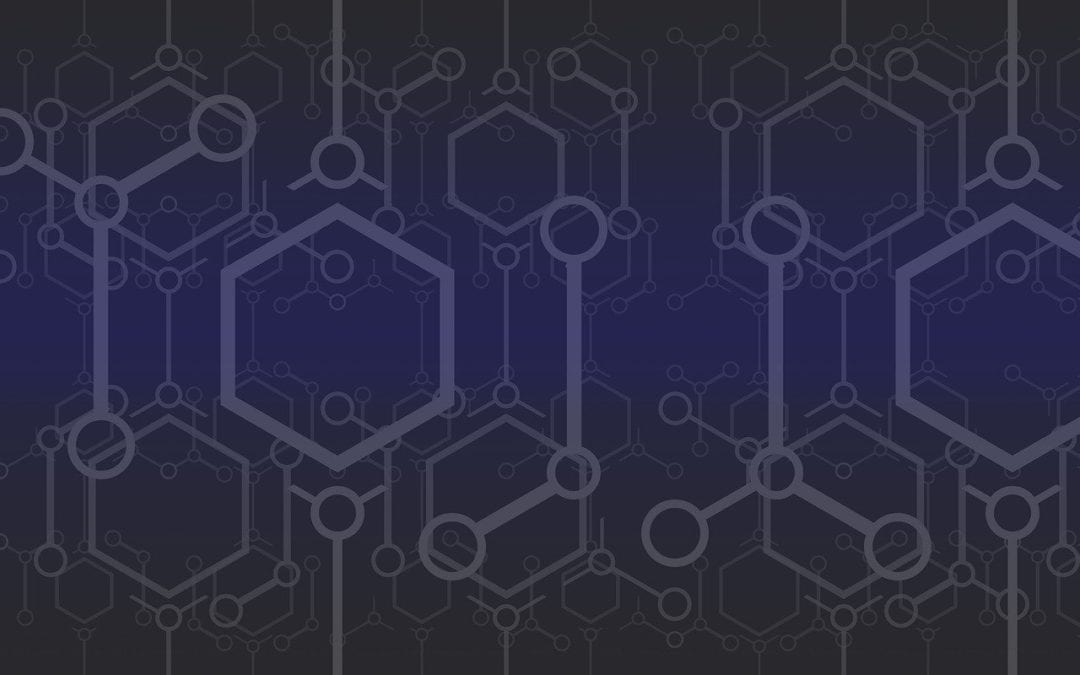What is Data Preparation?
Actian Corporation
July 20, 2020

When talking about data management, we often speak of the term “data preparation”. According to Search Business Analytics, data preparation is the process of gathering, combining, structuring and organizing data so it can be analyzed as part of data visualization, analytics, and machine learning applications. In other words, it is the process of cleaning and transforming raw data before analysis.
Data preparation is often a lengthy process for data and business users, but essential to give context to data and turn it into valuable business insights. In 2016, Forbes said that 76% of data scientists stated that data preparation is the worst part of their jobs. However, accurate business decisions can only be made through the analysis of clean data.
How Data Preparation Works
Data preparation is an essential part of many enterprise applications maintained by IT, such as data warehousing or business intelligence. It is also a practice conducted by the business for ad hoc reporting and analytics, with IT and tech-savvy business users, such as data scientists, routinely burdened by requests for customized data preparation.
These days there’s growing interest in empowering business users with self-service tools for data preparation – so they can access and manipulate data sources on their own, without technical proficiency.
The steps for data preparation are the following:
Step 1: Access and Gather Data
The first step in data preparation is to be able to access data from any source, no matter the origin, narrative or format. The optimal solution for giving enterprise-wide access to data is by implementing a data catalog solution. This essential tool is the key to starting your data preparation journey.
Step 2: Discover Data
After accessing and gathering data, the next step is to discovery data. Data discovery allows enterprises to adequately assess the full data picture. It helps all employees understand their data and their context through metadata. It is also very useful for enterprises seeking better compliance management. It allows organizations to know what data is personal/sensitive and where it can be found. In addition, data discovery can bolster innovation, as it unblocks essential information for satisfying customers and gaining competitive advantage.
Step 3: Cleanse Data
Traditionally the most time-consuming part of data preparation, cleaning up data is nevertheless one of the most important tasks for removing bad data. Bad data can include outdated data, duplicate data, unreliable data, etc. Cleansing data therefore includes tedious tasks such as filling in missing information, making data private or sensitive, adding descriptions, and standardizing data patterns.
Step 4: Enrich Data
After cleansing all the data, it is time to start transforming and enriching the data. This step includes connecting your data with other related data sources to provide deeper insights. A data catalog is also an important part of this step in data preparation.
Step 5: Store Data
The last step in data preparation is to store data. By correctly storing your enterprise data, this enables data teams to be able to use fresh, clean data for their analysis.
The Future of Data Preparation
Initially focused on analytics, data preparation has evolved to address a much broader set of uses cases and can be used by a larger range of users.
Although it improves the personal productivity of whoever uses it, it has evolved into an enterprise tool that fosters collaboration between IT professionals, data experts, and business users.
Subscribe to the Actian Blog
Subscribe to Actian’s blog to get data insights delivered right to you.
- Stay in the know – Get the latest in data analytics pushed directly to your inbox.
- Never miss a post – You’ll receive automatic email updates to let you know when new posts are live.
- It’s all up to you – Change your delivery preferences to suit your needs.